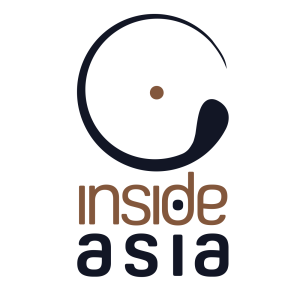
These days, we busy ourselves 24/7 with emails, text messsges, spreadsheets and reports. Human contact is becoming obsolete, and Covid-19 and its social distancing requirements makes Zoom calls the last step in severing us from our friends and work colleagues. What’s left?
The imagination, apparently. I’m talking about the science of day-dreaming. Momentary opportunities to give your brain a break, and in so doing, restoring the capacity to create in new and unexpected ways. You think I’m dreaming? I’m not. Neuroscience holds the proof and here to assist me in understanding what that entails is Tony Estrella. Inside Asialisteners may recall a conversation we had a year ago, when we discussed the Science of Sleep. [Listen here: http://www.insideasiapodcast.com/sleep-science/]
In this episode, we take it one step further, drawing the connection between sleep as an essential function and dreaming as the creative output. Embrace dreaming as a practice of sorts, and the results could prove spectacular.
Somewhere along the way, we stopped listening to our dreams. For centuries, images conjured in our unconscious state informed our biggest decisions. Indigenous people even to this day describe the dream state as a gateway to the divine. Science put an end to that. For centuries dreams were discounted as nothing more than nighttime nonsense. Breakthoughs in neuroscience say that was a mistake. Time to get it back!
More Episodes
 2021-12-02
2021-12-02
 2021-10-28
2021-10-28
 2021-09-19
2021-09-19
 2021-08-29
2021-08-29
 2021-08-08
2021-08-08
 2021-07-18
2021-07-18
 2021-07-11
2021-07-11
 2021-06-07
2021-06-07
 2021-05-23
2021-05-23
 2021-05-09
2021-05-09
Create your
podcast in
minutes
- Full-featured podcast site
- Unlimited storage and bandwidth
- Comprehensive podcast stats
- Distribute to Apple Podcasts, Spotify, and more
- Make money with your podcast
It is Free
- Privacy Policy
- Cookie Policy
- Terms of Use
- Consent Preferences
- Copyright © 2015-2024 Podbean.com






